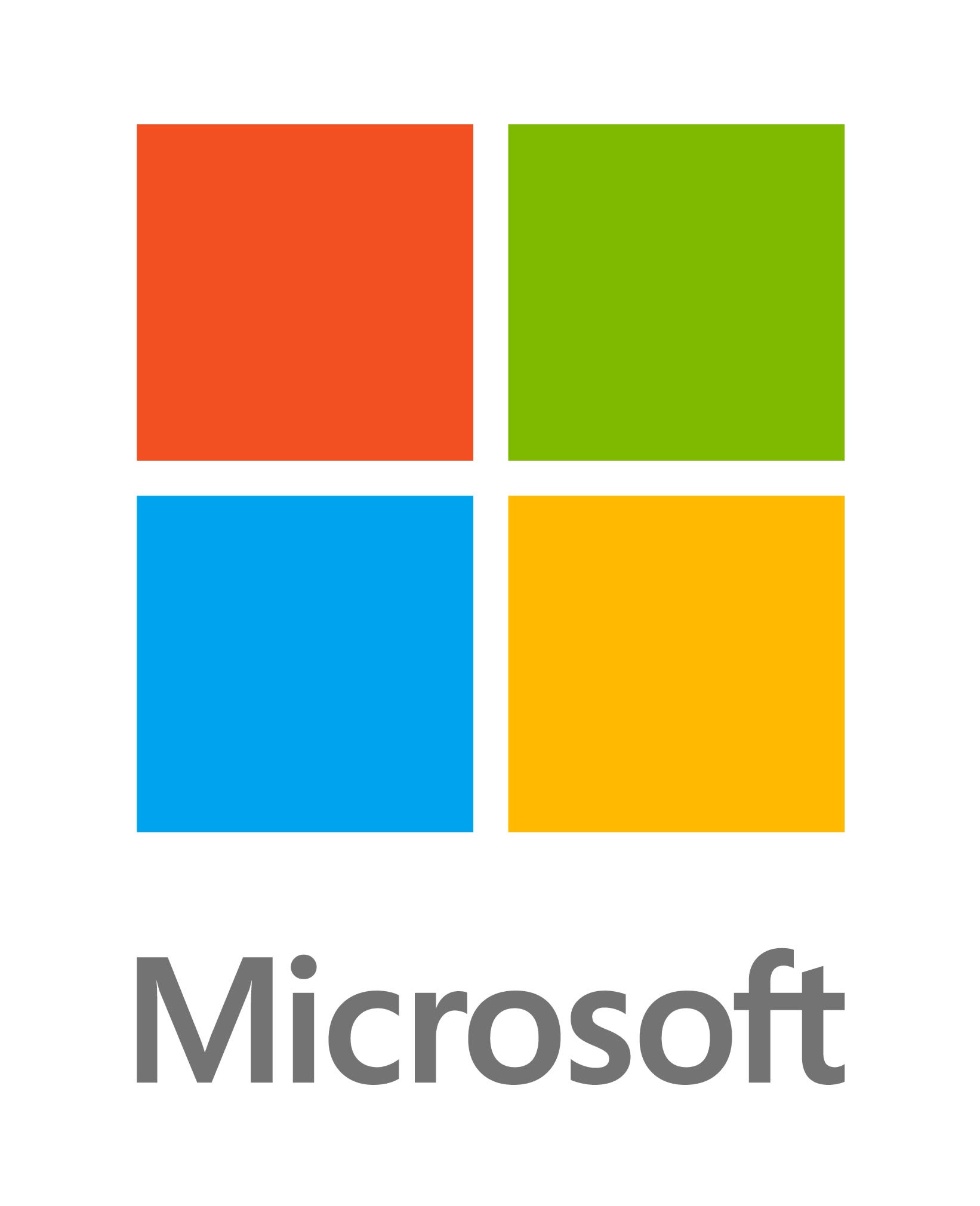We've posted submarine cables owned by content providers for nearly a decade. When we first published this list in 2017, we had 20 cables listed. Fast-forward to today, and our list has grown to over 60—a sizable markup.
Few telecommunications industry trends have been as impactful in the past decade as the rise of content providers as the dominant users of international capacity.
As you might recall, content providers' appetite for bandwidth ballooned in the early 2010s. In response, some of these network operators transitioned from just being customers of wholesale capacity to owning transport network infrastructure.
This trend began when Google became an investor in the Unity cable consortium, which entered service in 2010.
Since then Meta, Microsoft, and, most recently, Amazon, have also invested in new submarine cable systems either directly or as major pre-sale purchasers.
Beyond these publicly disclosed cable investments in the table below, content providers have acquired partial or full fiber pairs on other submarine cables. They also have leases and IRUs for managed capacity on numerous systems as well.
We'll update this new list as these providers get involved in new cable projects or as other content providers start investing in similar builds.
Submarine Cables Owned by Content Providers
|
|
Amazon |
 |
Meta |
|
|
 |
|
|
|
 |
Microsoft |
|
|
| Note: Only publicly announced cables are shown. Updated: November 2025 | |
Who are Content Providers?
The term content provider refers to a wide array of networks known by several labels including hyperscalers, OTTs (over-the-top providers), ICPs (internet content providers), or CSPs (cloud service providers). There are a couple of key segments within the distinction of content providers, and some operators fit more than one segment. These include:
- Internet-based content and platform providers (e.g. Google, Meta, Microsoft, Apple, and TikTok parent company ByteDance)
- Cloud service/platform providers (e.g. Amazon, Microsoft, Oracle, Alibaba, and Google)
- Content Delivery Networks (CDNs) (e.g. Akamai, CloudFlare)
For our research, we include content providers that operate their own long-haul networks as distinct from the public internet backbones run by carriers.
Content Providers Use the Most International Bandwidth Capacity
Our data shows that content providers' international bandwidth growth has outpaced that of all other users of capacity in recent years.
This has been nothing short of revolutionary in an industry long dominated by traditional internet carriers. In 2017, content providers surpassed internet backbone providers as the largest users of international capacity. This edge has grown rapidly in subsequent years. Between 2019 and 2023 the amount of international capacity deployed by content networks nearly quadrupled, reaching 3.6 Pbps.
Global Content Provider Bandwidth

Get More Data on Transport Networks and IP Networks
You can have the same data as our experts with subscriptions to our research services.
For the most complete source of data and analysis for long-haul networks and the undersea cable market, check out TeleGeography's Transport Networks Research Service.
For the most complete source of data and analysis about international internet capacity, traffic, service providers, and pricing, take a look at TeleGeography's IP Networks Research Service.
Alan Mauldin
Alan Mauldin is a Research Director at TeleGeography. He manages the company’s infrastructure research group, focusing primarily on submarine cables, terrestrial networks, international Internet infrastructure, and bandwidth demand modeling. He also advises clients with due diligence analysis, feasibility studies, and business plan development for projects around the world. Alan speaks frequently about the global network industry at a wide range of conferences, including PTC, Submarine Networks World, and SubOptic.





